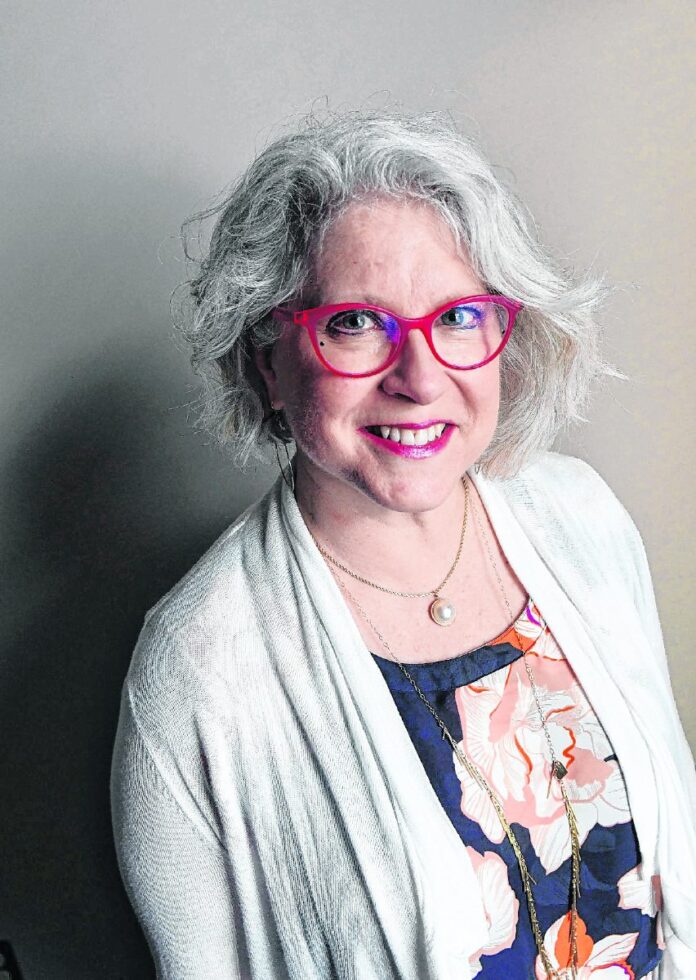The recent forum about financing the proposed Hancock County Jail, organized by the League of Women Voters Hancock County, featured these panelists: Retired Judge Richard Culver, economist Morton Marcus and County Councilwoman Martha Vail.
The $55 million criminal justice project includes moving community corrections to the old jail once the new jail is built, moving probation and prosecutor’s offices to the old community corrections, and providing a new roof on the courthouse. This much was general knowledge gleaned from newspaper articles and a tour of the jail before the forum.
But the forum provided additional, valuable information for primary ballot voters, who will choose either yes or no on the question/referendum to raise (even capped) property taxes to accomplish all of the above.
During the forum it was announced the property tax wouldn’t be the only tax raised, as the governor had signed a bill that day, effective immediately, allowing county income tax to be collected for jail construction.
According to Marcus, the demographics for the state show the 20- to 24-year-old age group, the dominant jail population in the state, is ebbing. Having crested with the millennials, the number of this age group will go down significantly once they age out.
According to Vail, the state is building six mental health facilities in addition to the three existing ones, putting those in need of mental health treatment within one hour from a mental health facility all across the state. The goal is to get or keep the mentally ill out of incarceration and place them into mental health facilities.
Vail also introduced the audience to the Jail Chemical Addiction Program (JCAP). Hancock County will implement this program based on the successful JCAP program used in Dearborn County. This drug rehab program is designed to reduce recidivism.
Culver, who created the Heroin Protocol, designed to put substance-abusers into halfway homes instead of jail, offered yet a fourth example of ways to keep people out of jail.
Also, because of the recently passed House Enrolled Act 1007, no Hoosier will be more than an hour’s drive from a drug treatment center. This will phase in over the next three years, increasing opioid treatment facilities in the state to 27 from 18.
If the county and state are moving so admirably in the direction of keeping people out of jail, the new jail as proposed may be overkill. The county commissioners have made the case for a jail population of approximately 450, up significantly from the 157 the current jail holds. The 450 number is based on a 20-year projection.
However, the current design, as presented during a jail tour, allows for an extra pod years from now for two hundred additional inmates, which is the equivalent of two stories, to sit on top of that portion of the jail that holds 450 inmates. Considering the myriad ways the county is trying to keep people out of jail, does the county need a jail that will ultimately house more than 600 inmates? The proposed jail would eventually do just that, as the plan is to receive prisoners from out of county in addition to those arrested in county.
I would feel more supportive of a jail that didn’t include that extra pod, the equivalent of two extra stories which may not be necessary. Why bring extra prisoners to town? Surely this would affect business expansion in downtown Greenfield and tourism.
Can the commissioners see fit to scale the jail down? Will the voters force them to do so by voting “no”? According to Vail, there is no Plan B. Perhaps there should be.
Donna Steele, a retired educator, hails from Alabama and made Hancock County her home in 2011. She can be reached at [email protected].





